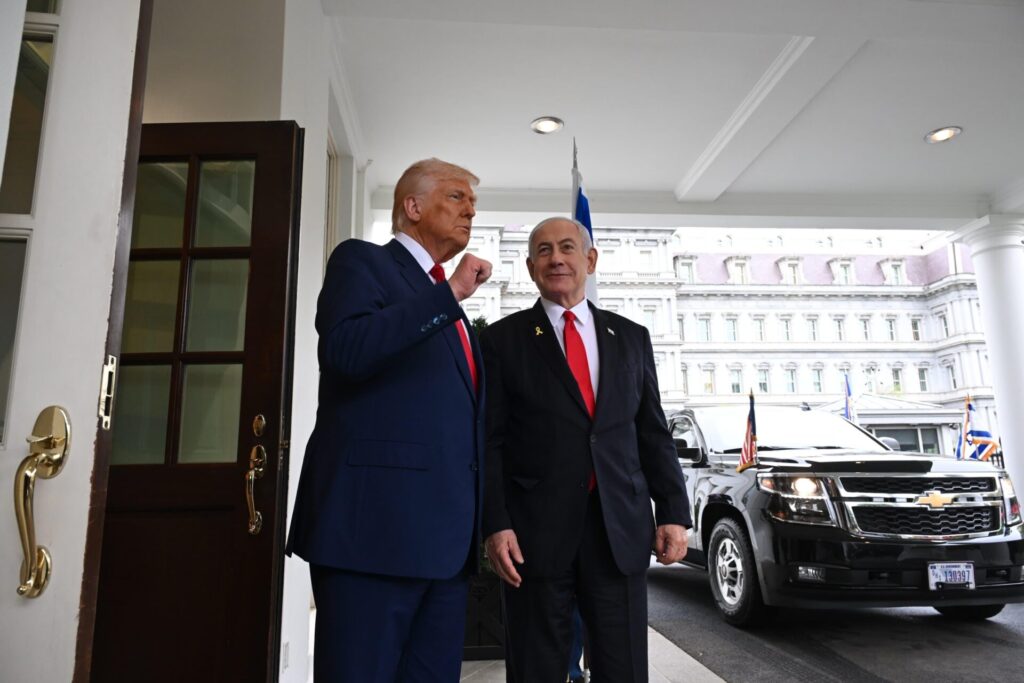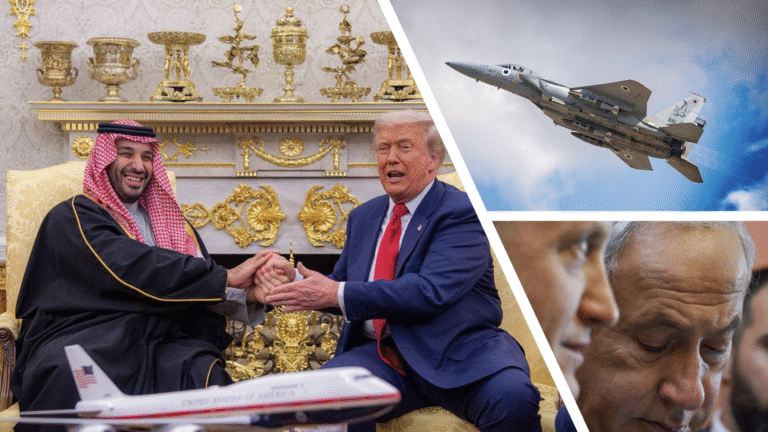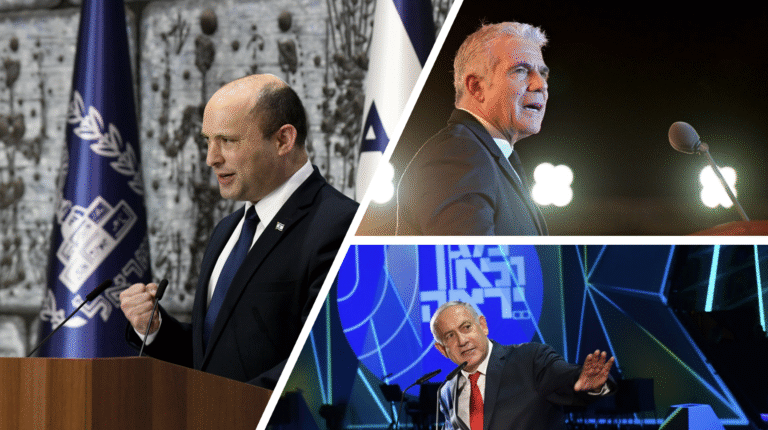This column was originally published in the Wall Street Journal on May 7, 2025. Click here to read it on the Journal‘s website.
What does Donald Trump’s Middle East report card look like? When it comes to rhetoric, he gets an A-plus. His support for Israel is unequivocal. His threats against Iran are unambiguous. His messages are more hawkish than ever. Based solely on his words, the Houthis will be dismantled, Iran will abandon its nuclear ambitions, Gazans will emigrate, and Gaza will become the Riviera of the Middle East.
In terms of action, the picture is far less rosy. Mr. Trump released critical munitions for Israel that Joe Biden had frozen. His threats helped secure the return of 38 hostages from Gaza. He launched airstrikes against the Houthis and deployed military forces to the region. But Mr. Trump has caused serious damage to the basis of regional stability and deterrence of radical Islam: the absence of “daylight” between Israel and the U.S.
The gap between Mr. Biden’s America and Benjamin Netanyahu’s Israel encouraged Hamas to launch its October 2023 attack. The Biden administration’s de facto boycott of Mr. Netanyahu’s government in 2023 and the 2024 arms embargo gave Iran reason to believe it could arm terrorist groups across the region and race toward nuclear capability.
The U.S.-Israel division persists under Mr. Trump. While issuing threats against Iran, he conducted negotiations that might allow Iran to maintain a civilian nuclear program. His envoy Steve Witkoff lacks command of the details and has publicly contradicted himself on whether Iran will be permitted to enrich uranium. Mr. Witkoff faces a team from a country that takes pride in its millennia-old bargaining tradition. Mr. Trump said on Sunday that “total disarmament” is “all I’d accept,” and Israelis can only hope that he sticks to that.
This week, more daylight spilled into the Middle East. Mr. Trump said he would halt attacks on the Houthis after they agreed to stop targeting American ships heading toward the Suez Canal. In plain terms, the U.S. effectively acquiesced to continued Houthi ballistic-missile attacks on Israel. One missile that wasn’t intercepted on Sunday tore a crater in a parking lot near Tel Aviv’s Ben Gurion Airport.
Days earlier, a ground offensive into Houthi territory was being organized by a coalition of Saudi Arabia, Yemen and other forces to eliminate the terrorist group. But in exchange for the resumption of shipping on an important global trade route, Mr. Trump handed the Houthis salvation.
If Mr. Trump follows this model, a nuclear deal with Iran would likely end the same way: furthering a fleeting American interest while ignoring Israel’s existential concerns and the panic of Sunni states in the Middle East.
What’s happening is that Iran is drawing great encouragement from Mr. Trump’s conduct. The shaken regime—whose proxies have been hammered by Israel and whose air defense systems have been destroyed by advanced weaponry it can’t even identify—may be about to receive a deal similar to the one Barack Obama pursued. That would be more favorable to Tehran, since in the decade since Mr. Obama’s deal, the Iranian nuclear program has only surged ahead.
If this were President Biden, the Israeli right, led by Mr. Netanyahu, would be accusing the American leader of throwing Israel under the bus. The prime minister would fly to Washington to address Congress and rally senators to petition against the president. But who is Mr. Netanyahu going to persuade now—Alexandria Ocasio-Cortez?
It isn’t too late for Mr. Trump to change course. The Iranians are on their knees. He shouldn’t offer them a hand in exchange for a dubious short-term gain that endangers the entire Middle East.









